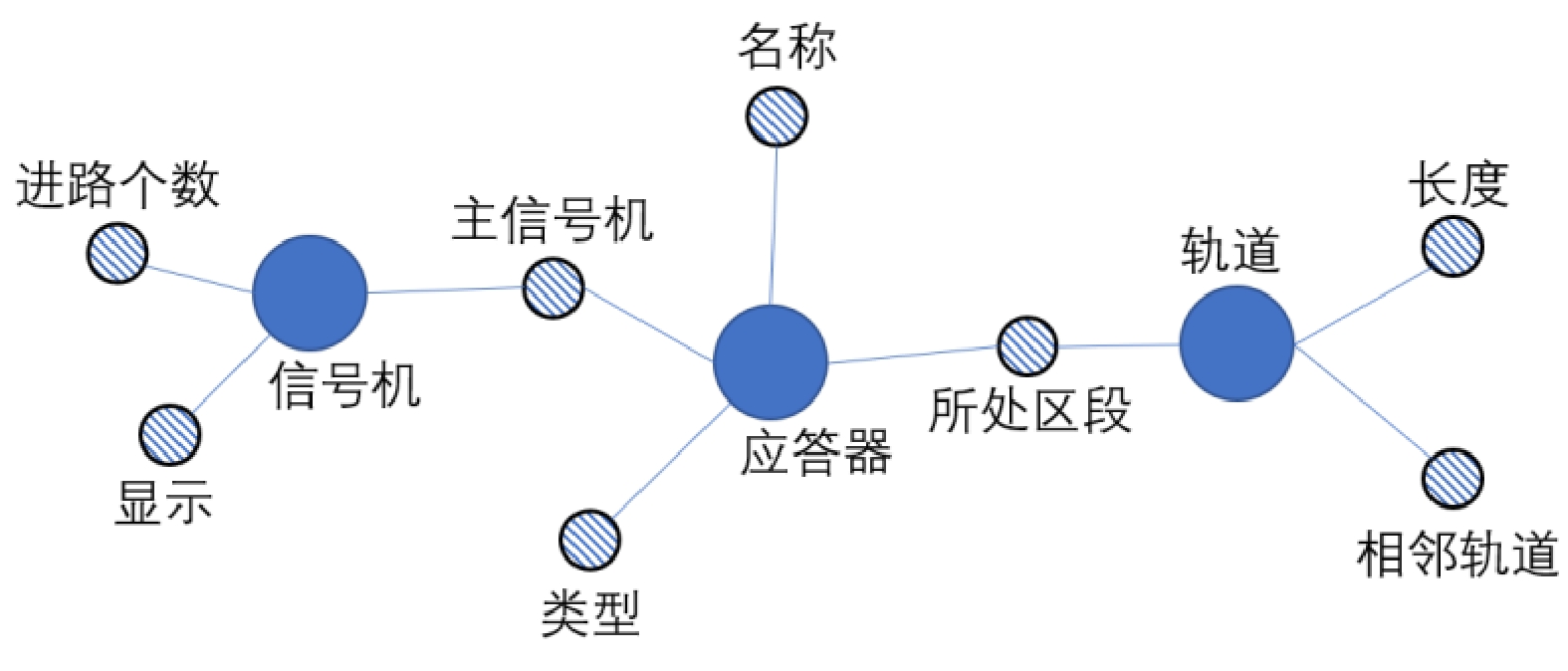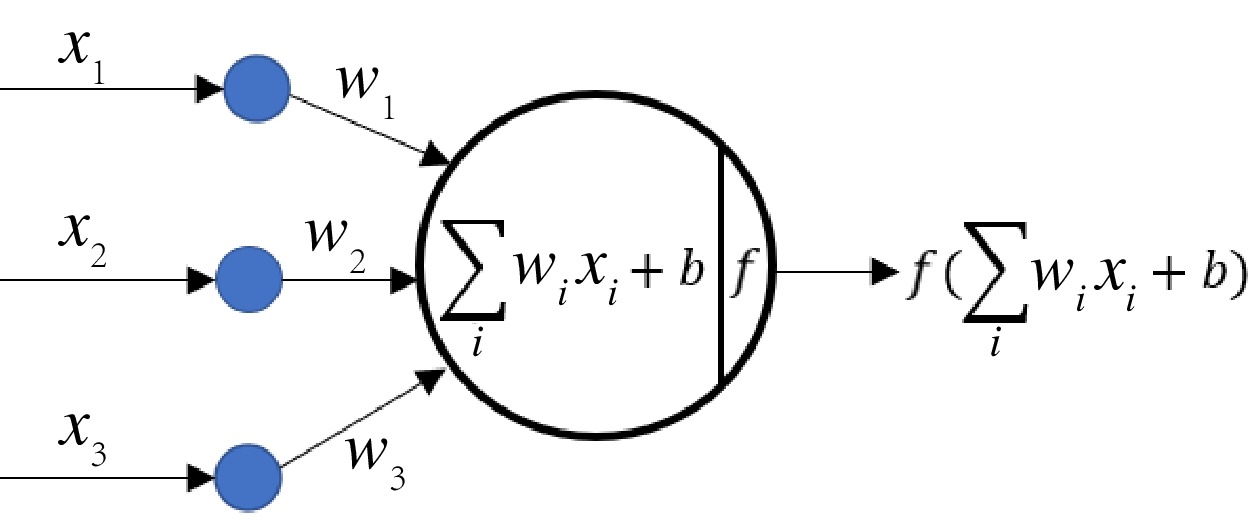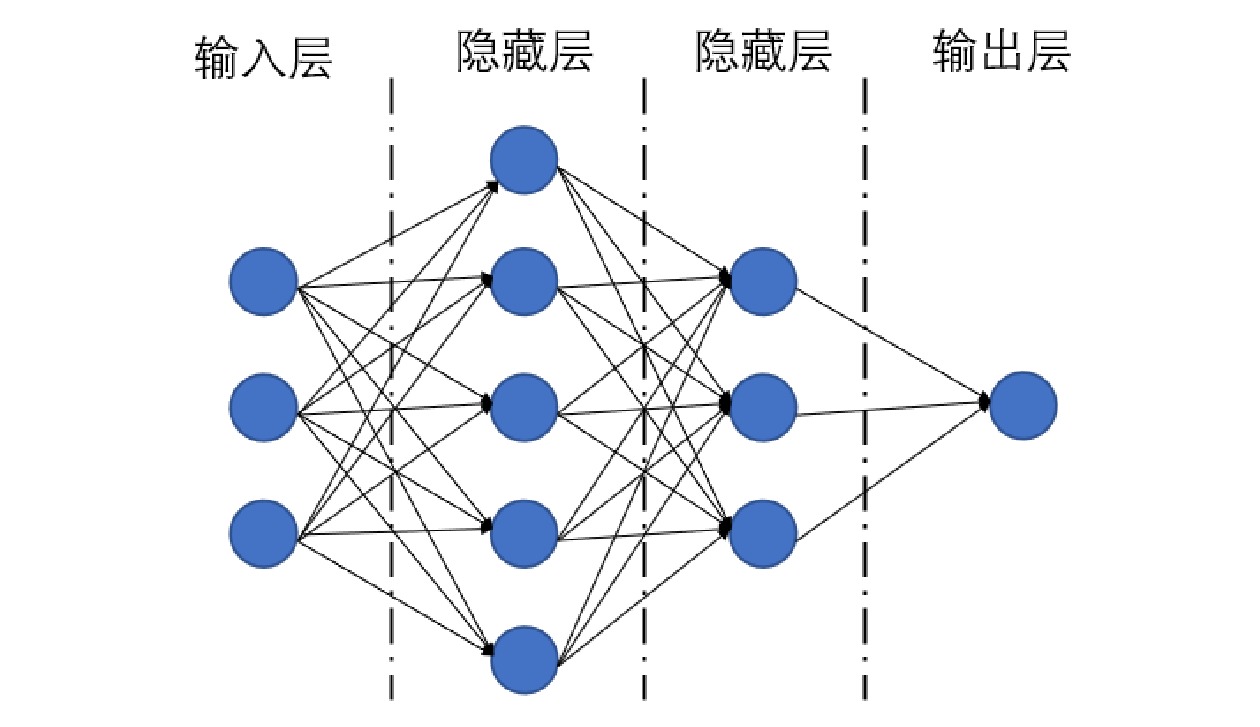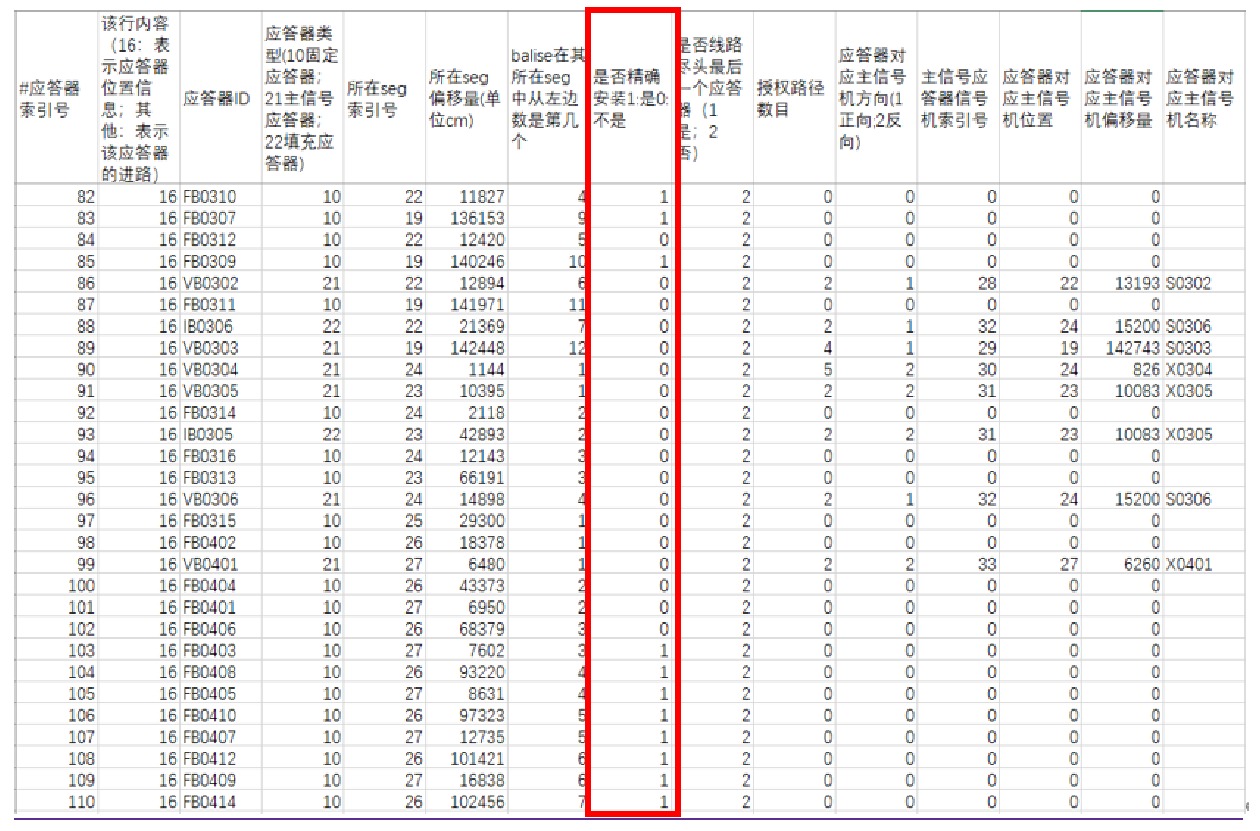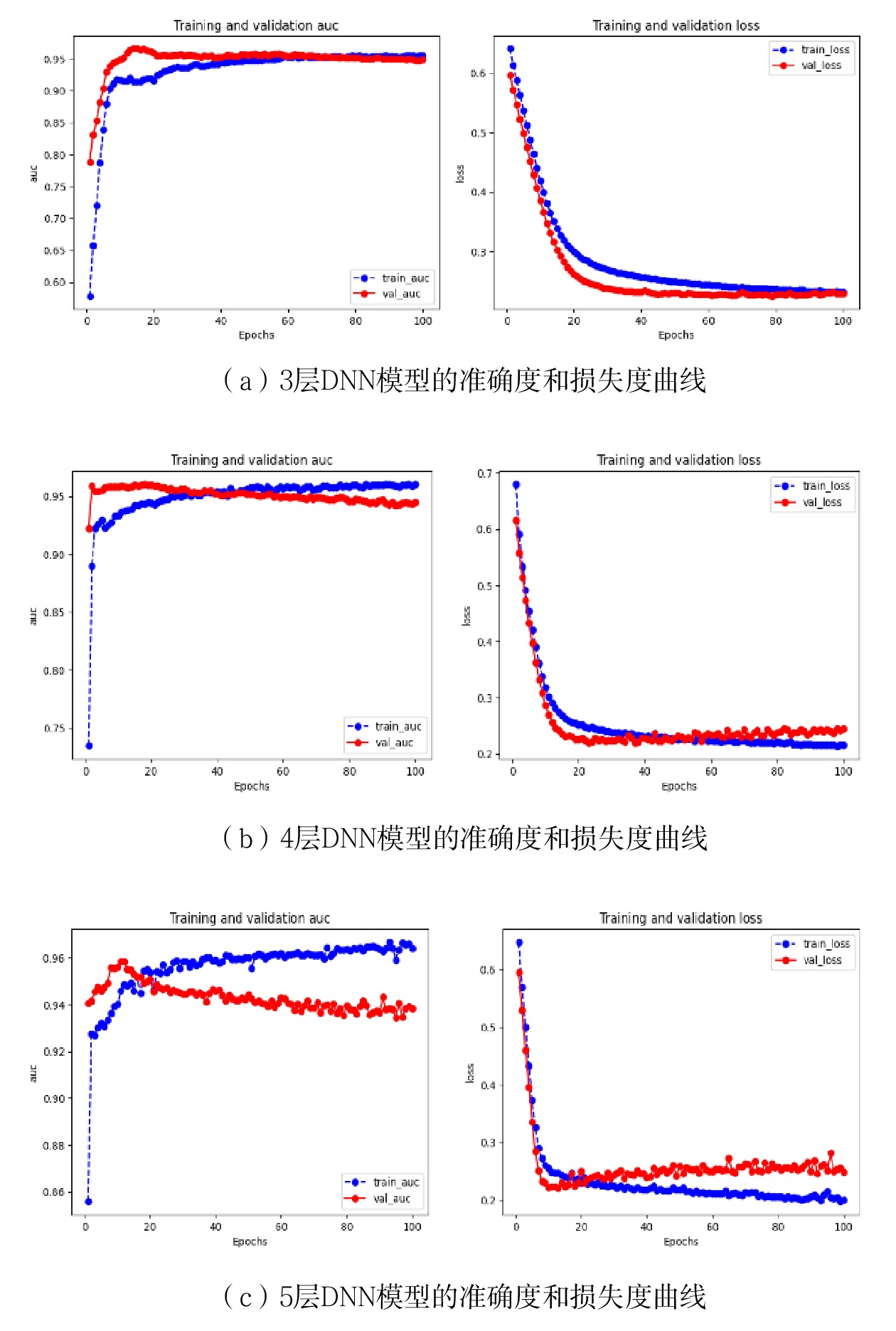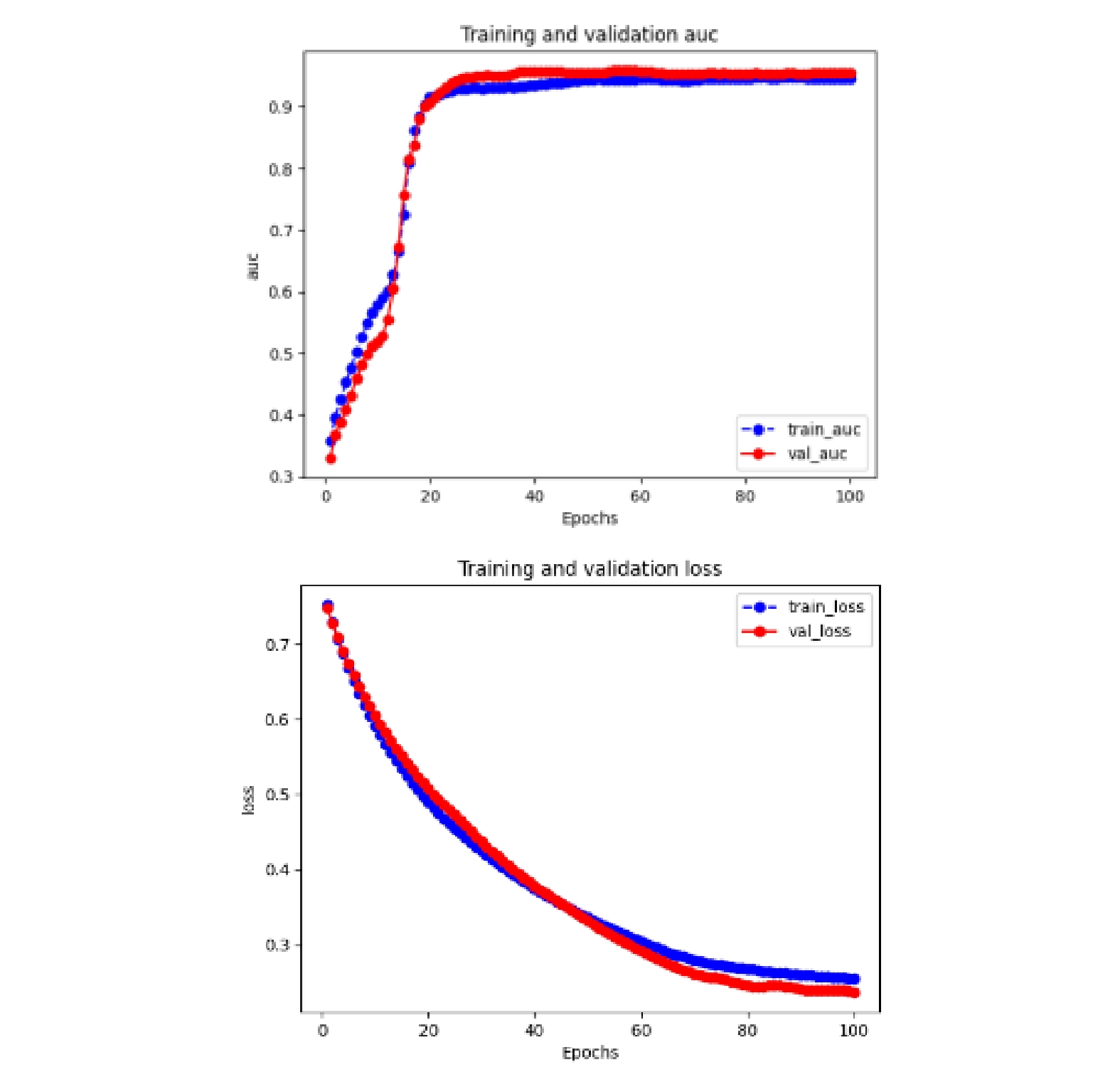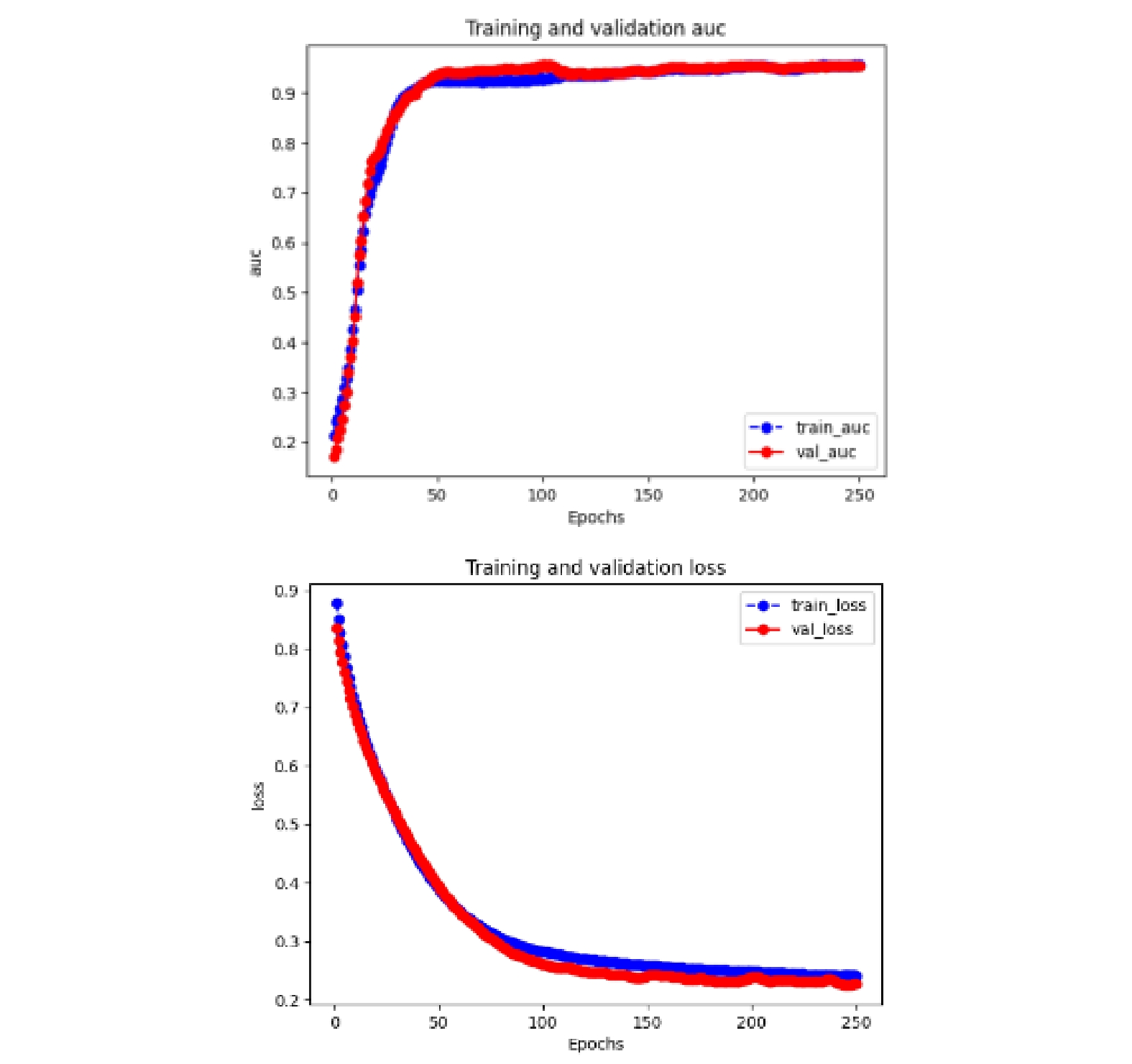Generation of precise installation data of balise and verification method
-
摘要: 应答器是城市轨道交通(简称:城轨)信号控制系统的重要设备,对列车停车精度和点式列车控制级别下的移动授权传递起到重要作用。文章分析城轨信号系统设备布置结构和设备属性,借助CAD二次开发技术,给出了一种基于.Net平台的应答器精确安装数据的自动生成方法,提高了数据配置效率。针对数据准确性保障问题,提出了一种基于深度神经网络(DNN,Deep Neural Networks)的模型对应答器精确安装数据进行自动验证。以南昌地铁3号线为例对该模型进行了实验验证,结果表明,应答器精确安装数据的自动生成算法可准确地进行数据生成;采用3层DNN模型,使用ADAM(Adaptive Moment Estimation)优化器,在Batch Size为256,训练集与验证集分割比例为7∶3时,验证模型准确率可达95.45%。
-
关键词:
- 城市轨道交通 /
- 数据配置 /
- 深度神经网络(DNN) /
- 应答器 /
- 精确安装
Abstract: The balise is an important equipment in the signal control system of urban rail transit, which plays an important role in the accuracy of train parking and the transmission of mobile authorization under the control level of point trains. This paper analyzed the layout structure and properties of equipment of urban rail signal system, and used CAD secondary development technology and based on the. Net platform to provide an automatic generation method for precise installation data of balise, which improved the efficiency of data configuration. In response to the issue of ensuring data accuracy, the paper proposed a model based on Deep Neural Network (DNN) for automatic verification of precise installation data of the balise, and took Nanchang Metro Line 3 as an example to experimentally validate the model. The results show that the automatic generation algorithm for precise installation data of the balise can accurately generate data. Using a three-layer DNN model and ADAM (Adaptive Moment Estimation) optimizer, the accuracy of the validation model can reach 95.45% when the Batch Size is 256 and the training and validation set segmentation ratio is 7∶3.-
Keywords:
- urban rail transit /
- data configuration /
- Deep Neural Networks(DNN) /
- balise /
- precise installation
-
-
表 1 图纸绘制原则(部分)
种类
规则应答器 虚拟区段 坡度 限速平台 图层 信标 虚拟区段 坡度 限速平台 属性块种类数目 4 1 0 1 点对象0/线对象1 0 1 1 1 属性数目 3 6 0 3 颜色 跟随图层 跟随图层 灰色 红色 -
[1] 侯秀芳,冯 晨,左 超,等. 2022年中国内地城市轨道交通线路概况 [J]. 都市快轨交通,2023,36(1):9-13. [2] 刘 莉,杨昌休,张海申. CTCS-3级列控系统地面应答器位置自动配置的方法 [J]. 铁路计算机应用,2011,20(9):43-44. [3] 陈 荣,陈德旺. 列车车站停车的启发式自学习算法及仿真 [J]. 铁路计算机应用,2013,22(6):9-13. [4] 赵德生,薄宜勇. 城市轨道交通信号系统中应答器的布置方法 [J]. 城市轨道交通研究,2022,25(9):203-207,222. [5] 赵德生. 铁路信号应答器的应用分析 [J]. 铁道运营技术,2018,24(2):50-53. [6] 李长青,郭 胜. 分相区内应答器安装方式分析 [J]. 铁路通信信号工程技术,2021,18(12):103-105,116. [7] 黄 旭. 轨道电子地图基础数据建模与验证 [J]. 计算机测量与控制,2023,31(7):284-289. [8] 段录平,周丽娟,王 宇. 基于RBF神经网络的在线分类挖掘系统 [J]. 铁路计算机应用,2007,16(3):40-42. [9] 李 静. 一种基于DRNN神经网络的自适应控制算法 [J]. 计算机与数字工程,2017,45(2):335-337. [10] 赵 敏, 田有亮, 熊金波, 等. 基于同态加密的神经网络模型训练方法 [J]. 计算机科学,2023,50(5):372-381. -
期刊类型引用(8)
1. 管剑波,唐华栋,姚宸,李偲偲. 地铁防台防汛数字化系统设计与实现. 铁路计算机应用. 2024(04): 76-80 .  本站查看
本站查看
2. 郭建军. 大型铁路客运站应急疏散能力管理对策研究. 中国集体经济. 2022(06): 57-58+116 .  百度学术
百度学术
3. 贾博文. 关于计算机技术在电力应急指挥系统设计中的运用. 新型工业化. 2022(02): 198-200 .  百度学术
百度学术
4. 王小书,杨国元. 基于数字孪生模型的铁路客运站应急响应仿真方案研究. 铁路计算机应用. 2021(07): 44-49+60 .  本站查看
本站查看
5. 刘阳学,段卿培,蒋丽丽,杨峰雁,张时通. 铁路时空大数据应急辅助决策系统及关键技术. 铁路计算机应用. 2021(10): 19-23 .  本站查看
本站查看
6. 范东明,张兵建,黄蒙涛. 基于大数据的智能监测电务故障应急管理研究. 铁路通信信号工程技术. 2020(04): 1-5 .  百度学术
百度学术
7. 牛剑,冯小芳,刘俊. 铁路调度应急指挥系统总体方案研究. 铁道运输与经济. 2020(06): 6-11 .  百度学术
百度学术
8. 孙鹏举,李博,杨晓. 高速铁路应急演练评价方法优化研究. 中国铁路. 2019(07): 98-104 .  百度学术
百度学术
其他类型引用(2)




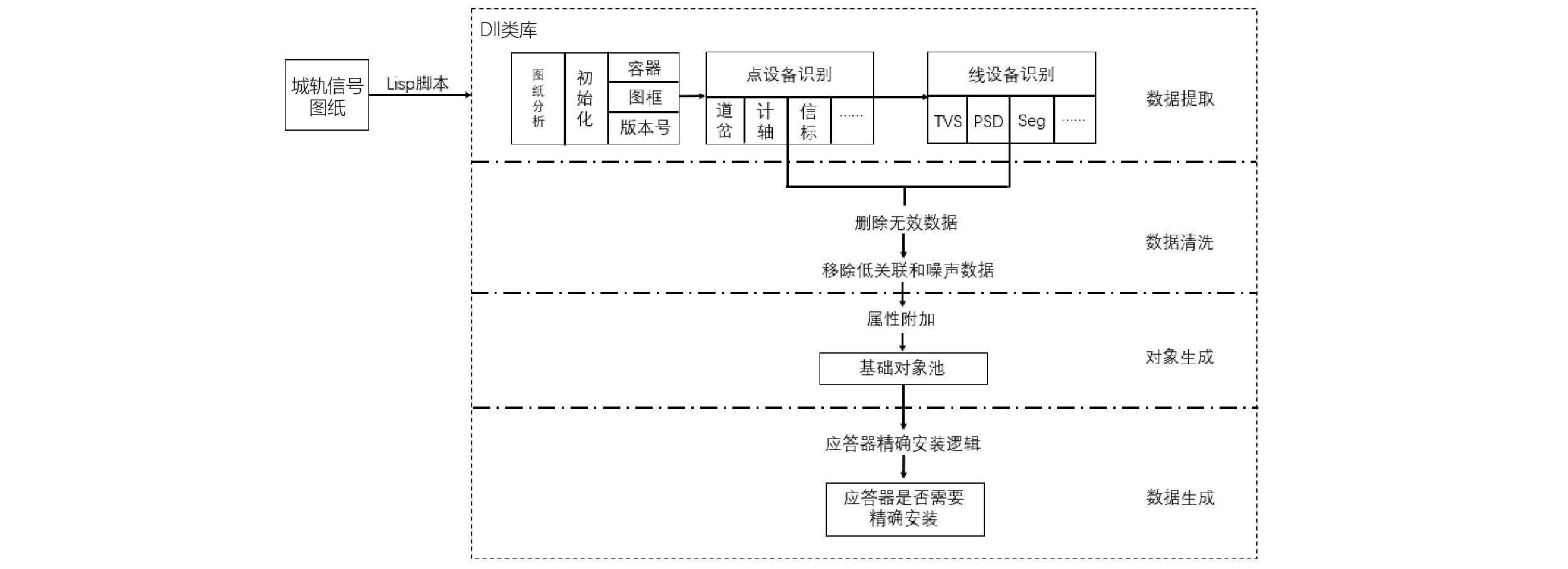
 下载:
下载:
